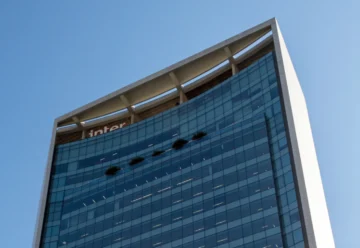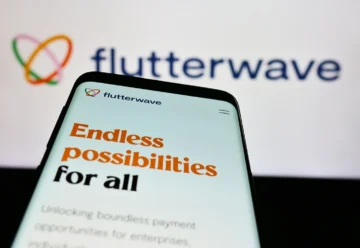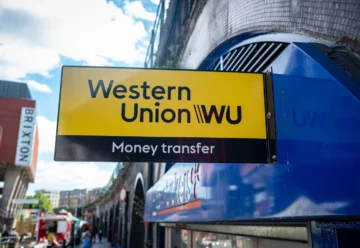L2 Protocol Blast Raised Over $566 Million in 5 Days and Got Criticized by Community

Less than a week after the launch, the Blast L2 protocol’s total value locked (TVL) has exceeded $566.16 million and continues to grow. Meanwhile, the creators of the project are accused of fraud and centralization.
The Blast project, launched on November 22, managed to raise over $566 million in funds from users within five days, DefiLlama reported. However, the successful launch has also attracted a substantial amount of criticism.
Dan Robinson, Head of Research at Paradigm, voiced his criticism of Blast’s marketing strategy. Paradigm is one of Blast’s investors, and the funds were invested in the L2 network, which hasn’t been launched yet, while the attraction of user assets is actively underway. On the other hand, Jarrod Watts, Developer Relations Engineer at Polygon Labs, highlighted the same aspects of the protocol’s operation and raised security concerns.
In general, the criticism boils down to a few main points:
- The Layer 2 network poses a serious security threat to user assets due to its centralization and a 3-of-5 multisig.
- The smart contract that Blast is based on is modifiable.
- The L2 protocol isn’t actually launched, and the protocol simply attracts user funds and places them on other DeFi platforms.
- Users can’t return funds placed on protocol addresses for three months after they are sent.
- There’s no documentation of the proposed earning mechanisms, leading to the assumption that Blast is a Ponzi scheme.
Blast representatives ignored some of the questions and refuted the claims about the security system. They stated that the protocol had the same level of decentralization and was organized similarly to Polygon, Optimism, Arbitrum, and other L2 networks operating in the Ethereum ecosystem. In this context, the modifiability of the smart contract enables constant work on its security, addressing identified vulnerabilities, and the team members responsible for the multisignature have extensive experience in working with Web3 projects.
Among the issues ignored by the Blast team, the primary one is the marketing strategy based on the passive income opportunity. The protocol is positioned as the only L2 solution in the Ethereum ecosystem that offers income on deposits in ETH and stablecoins. It’s worth noting that almost all the attracted user funds are placed on DeFi platforms such as Lido and MakerDAO, so Blast users can count on the promised yield of 4% for ETH deposits and 5% for stablecoin deposits. However, technical documents describing the yield mechanisms are indeed missing, although the project team promises to publish them in early January 2024, after the expected airdrop.
The Blast protocol was conceived as a Layer 2 network in the Ethereum ecosystem, the main purpose of which is to scale operations on the NFT marketplace Blur. Its developer, Pacman, is also the creator of the project. Besides, a group of people from MakerDAO, MIT, and Seoul National University is working on Blast. The project’s team remains anonymous.
The project raised $20 million from Paradigm and Standard Crypto the day before the launch. The Blast mainnet is scheduled to launch on February 24, 2024, deposits can’t be withdrawn until then. The hype around the protocol is caused by the promised airdrop of BLAST tokens. To participate in it, you need to send funds to the protocol’s address. However, Pacman and the success of his NFT marketplace Blur, which partially took over the leadership of OpenSea in the NFT market, contributed to the hype.











